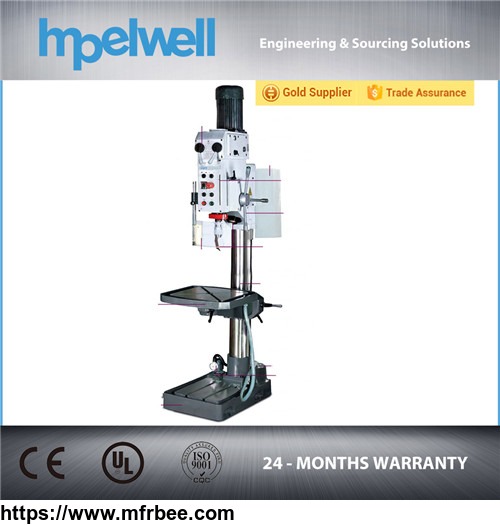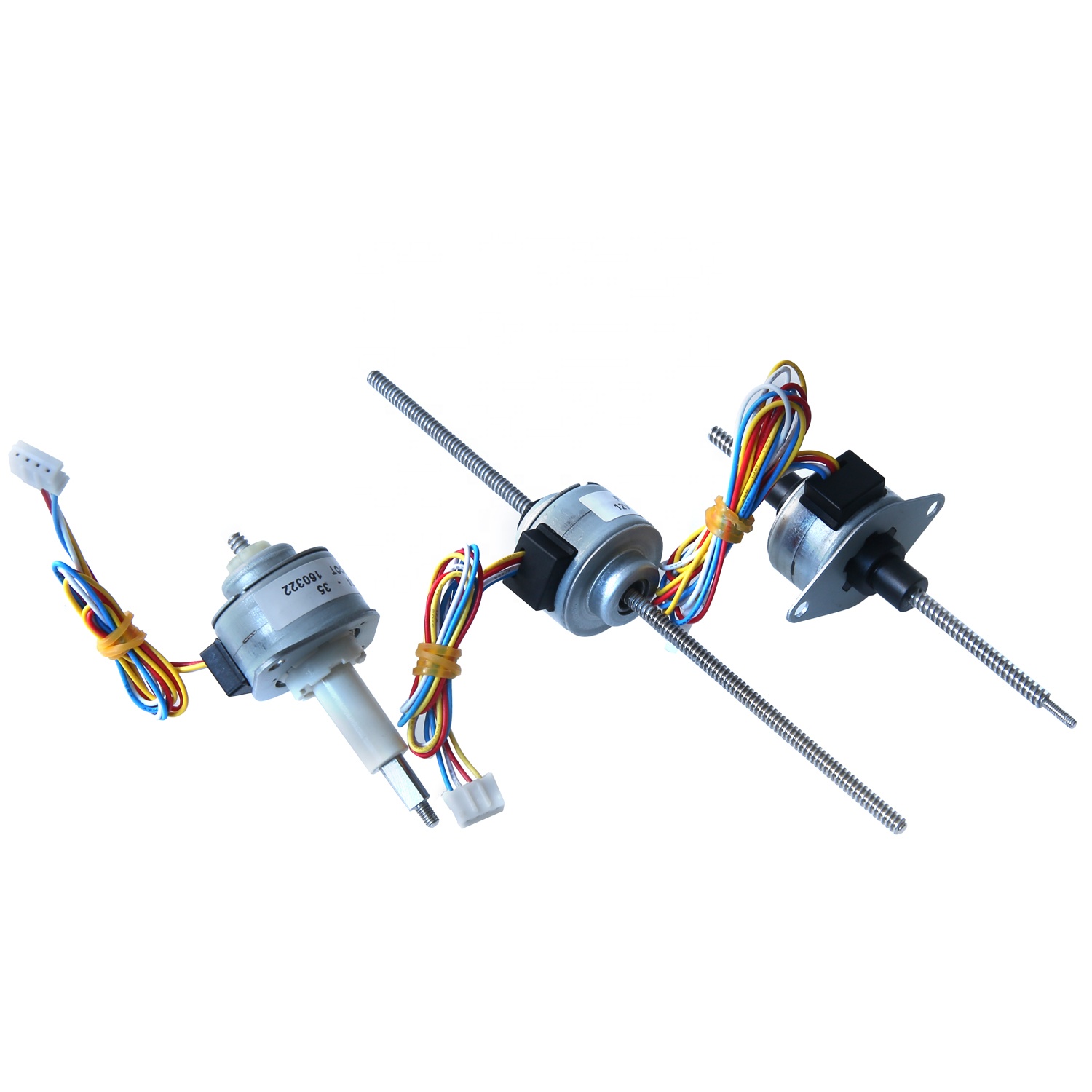

Nor was the basic science especially complicated. Compared with string theory and genetic engineering, the “greenhouse effect” - a metaphor dating to the early 1900s - was ancient history, described in any Introduction to Biology textbook. The main scientific questions were settled beyond debate, and as the 1980s began, attention turned from diagnosis of the problem to refinement of the predicted consequences. By that year, data collected since 1957 confirmed what had been known since before the turn of the 20th century: Human beings have altered Earth’s atmosphere through the indiscriminate burning of fossil fuels. Nearly everything we understand about global warming was understood in 1979. Almost nothing stood in our way - nothing except ourselves. The obstacles we blame for our current inaction had yet to emerge. During those years, the conditions for success could not have been more favorable. The world’s major powers came within several signatures of endorsing a binding, global framework to reduce carbon emissions - far closer than we’ve come since. Is it a comfort or a curse, the knowledge that we could have avoided all this?īecause in the decade that ran from 1979 to 1989, we had an excellent opportunity to solve the climate crisis. The prospect of a five-degree warming has prompted some of the world’s leading climate scientists to warn of the end of human civilization. Four degrees: Europe in permanent drought vast areas of China, India and Bangladesh claimed by desert Polynesia swallowed by the sea the Colorado River thinned to a trickle the American Southwest largely uninhabitable. Robert Watson, a former director of the United Nations Intergovernmental Panel on Climate Change, has argued that three-degree warming is the realistic minimum. Three-degree warming is a prescription for short-term disaster: forests in the Arctic and the loss of most coastal cities. The climate scientist James Hansen has called two-degree warming “a prescription for long-term disaster.” Long-term disaster is now the best-case scenario. If by some miracle we are able to limit warming to two degrees, we will only have to negotiate the extinction of the world’s tropical reefs, sea-level rise of several meters and the abandonment of the Persian Gulf. The odds of succeeding, according to a recent study based on current emissions trends, are one in 20. The Paris climate agreement - the nonbinding, unenforceable and already unheeded treaty signed on Earth Day in 2016 - hoped to restrict warming to two degrees. Rated operating time is 15 min.The world has warmed more than one degree Celsius since the Industrial Revolution. (5) Flameproof mark: ExdΙ, ExdibⅡBT4 and ExdibⅡCT4, for hazardous zone with ClassⅡB ~ⅡCĮxplosive gases of temperature groups T1~T4.ģ) The motor is of short time duty. (4) Flameproof specification: ExdΙ, ExdibⅡBT4 and ExdibⅡCT4. (3) Enclosure protection: IP68 (4 meter below water surface for 68 hours) Optional: 380~660 V, 50 or 60 Hz, specified when ordering
Changzhou schneider snd series#
Provided with two series products of normal model and flame-proof model.Enclosure protection of IP68 (4 meter below water surface for 68 hours).Capable to compensate valve seating at high temperature.Capable to carry out valve closing at high speed.Trouble-diagnostic function in operation.Automatic phase-rotation-corrective function.Self-diagnostic and self-adapting functions.Provided with speed-changeable and slow closing functions.Measurement of position and torque is accurate and reliable.Non-intrusive design is audio-visual and easy to adjust.And SND actuators of Range Q and DQ are used for the control of ball Among the rest, SND actuators of Range Z are used for the control of globe valve, gate valve,

SND Range products are units to control the operation of final control element (e.g. Technology, LED, magnetic control switch and advanced manufacturing technology.

These mechanic-electronic products have been integrated advanced multi-control technologies such asĪbsolute coding technology, sensor technology, bus-mastering technology, infrared remote control as SND) non-intrusive intellectualized electric modulating actuators are products of new generation developed by cooperation on the basis of introducing the newest control technology from Schneider.


 0 kommentar(er)
0 kommentar(er)
